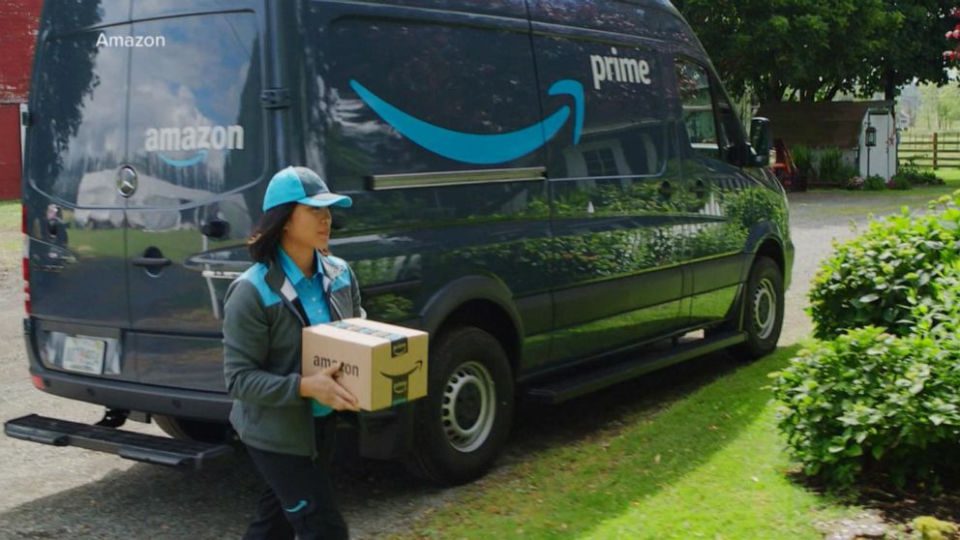Amazon topped both its own and experts’ Q1 2021 expectations, with 44% year-over-year sales growth and $108.5 billion in total sales. The retailer expects its momentum to carry over into Q2 2021, with sales hitting anywhere from $110 billion to $116 billion. The wide range is due to uncertainty regarding how consumers will shop post-pandemic — potentially impacting the performance of Prime Day 2021, which has returned to a Q2 date. In 2020, Prime Day was delayed until October.
The strong sales growth reflects the positive impact of the retail giant’s ongoing investments; their positive effects have outweighed the costs, according to Charlie O’Shea, VP at Moody’s. One important area of investment has been last mile delivery: Amazon grew its overall shipping capacity by 50% through an 80% year-over-year increase in capital expenditures, according to Amazon CFO Brian Olsavsky.
The increased shipping capacity was powered not only with improvements in fulfillment centers but also the “middle mile,” such as sorting centers, Amazon Air and other intermediate connections between warehouses and delivery stations. These investments not only let Amazon better manage the entire delivery chain; they also help the retailer maximize customer satisfaction by keeping customers in the loop.
“That gives us a lot of ability not only to control the flow of the product, but also flow of information,” said Olsavsky during a call with investors. “We’re seeing a lot of progress in that area, and I think you’ll see it too as a customer, where you’re starting to get more precise estimates of delivery. You’ll get notes that say, ‘Hey, you’re eight stops away from your delivery,’ etc., because everyone’s busy. A big part of delivery is actually being there for the delivery.”
Shipping investments also helped Amazon defray one of the downsides of increased retail activity: higher last mile costs. “As a result of the explosion in retail revenues, shipping costs year-over-year increased over $6 billion to $17.2 billion, representing around 18% of revenues,” said O’Shea in commentary provided to Retail TouchPoints. By comparison, last mile costs represented 16% of revenues in 2020, but the recent quarter’s 18% figure “is actually down from Q4 2020 on both dollar and percentage bases, as investments continue to result in improved efficiencies throughout the supply chain,” he added.
Prime Day Returns to July, but Amazon Still Welcomes Experimentation
The October date for 2020 Prime Day, which served as a gateway to the holiday season, was a success despite its late arrival. Total sales rose 45.2% compared to Prime Day 2019, reaching $10.4 billion, according to data from Digital Commerce 360.
However, Amazon seems to think a summer Prime Day holds even more potential in 2021. The return to July will give retailers an opportunity to experiment in a post-COVID summer, with vacations the Olympics and back-to-school all top of mind. Olsavsky declined to provide any estimates regarding the multi-day event’s potential performance, but noted that “there’s some pretty good estimates out there” and that its own have been baked into its Q2 guidance.













